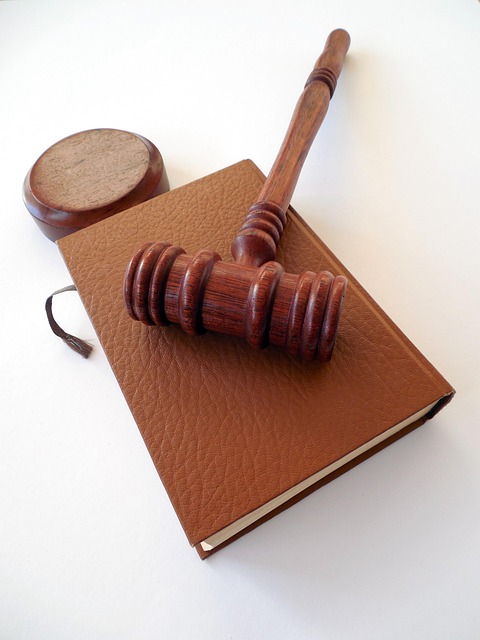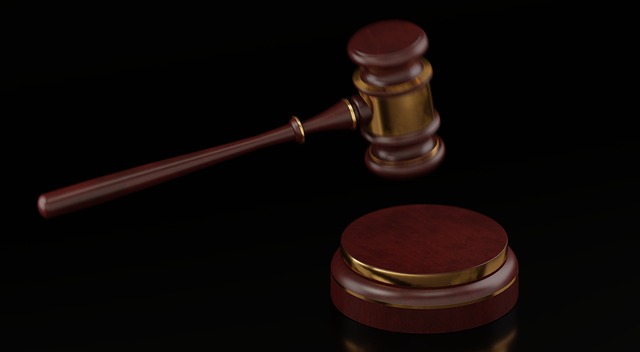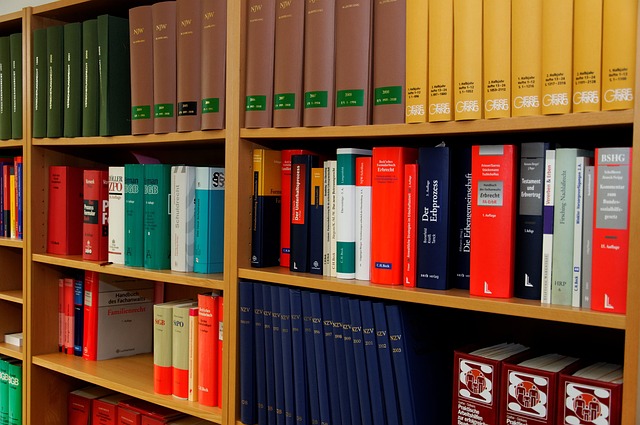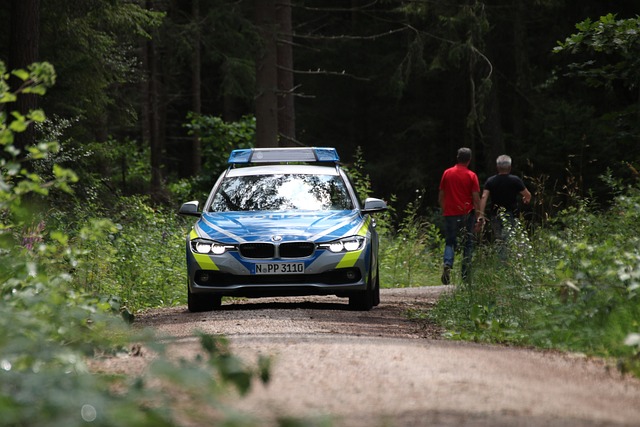Environmental crime trials navigate complex legal landscapes, with Factors Influencing Prosecutorial Discretion Decisions shaping outcomes. Prosecutors weigh ecological damage, public interest, deterrence, and community impact against resource constraints. The intricate nature of environmental laws and evidence challenges defense strategies, leading to potential charges or alternative resolutions. High-profile cases like Enron expose the interplay between environmental regulation and criminal justice, influencing Factors Influencing Prosecutorial Discretion Decisions globally. Ultimately, successful prosecution requires comprehensive approaches that balance justice with minimizing harm.
“Uncover the intricate world of environmental crime trials, where legal proceedings play a pivotal role in combating eco-aggravated offenses. This article offers an in-depth exploration of the key factors shaping prosecutorial discretion, shedding light on the decision-making process in these complex cases. From understanding the legal framework to navigating challenges and analyzing high-profile trials, we delve into the strategies employed to bring environmental criminals to justice. Discover how these cases are reshaping environmental law enforcement and the impact on our planet.”
- Understanding Environmental Crime Trials: A Glimpse into Legal Proceedings
- Key Factors Shaping Prosecutorial Discretion in Environmental Cases
- Challenges and Strategies: Navigating the Complexities of Environmental Law Enforcement
- Case Studies: Examining High-Profile Environmental Crime Trials
Understanding Environmental Crime Trials: A Glimpse into Legal Proceedings

Environmental crime trials shed light on the intricate legal process surrounding environmental offences. These proceedings delve into the complex web of regulations and their enforcement, revealing how prosecutors navigate a series of factors when deciding whether to charge individuals or organisations. Key among these are the factors influencing prosecutorial discretion decisions, which can significantly impact the course of justice.
The nature of environmental crimes, often involving white collar and economic offences, necessitates a careful assessment. Prosecutors must weigh the severity of the alleged violations, considering both the potential harm to the environment and the financial implications. Strategically, they may opt for avoiding indictment in certain cases, especially when facing challenging evidence or complex legal interpretations. However, this doesn’t always lead to a complete dismissal of all charges; rather, it might result in reduced accusations or alternative forms of resolution.
Key Factors Shaping Prosecutorial Discretion in Environmental Cases

In environmental crime trials, several key factors shape a prosecutor’s discretion when deciding how to proceed with cases. These include the severity of the ecological damage, public interest and concern, and the potential for deterrence. The impact on vulnerable communities and ecosystems plays a significant role in determining the level of prosecution. Prosecutors often weigh the likelihood of achieving extraordinary results against the resources required. Balancing these factors is crucial to ensure that environmental crimes are addressed effectively without unduly burdening the justice system.
Additionally, the complexity of environmental regulations and scientific evidence can influence prosecutorial decisions. Understanding these factors is essential for both general criminal defense attorneys and those focused on environmental law. Navigating the intricacies of these cases requires a deep knowledge of ecological impacts and legal precedents. The goal should be a complete dismissal of all charges when the evidence fails to meet the prosecution’s burden or when the crime has been mitigated through restorative actions, demonstrating a commitment to justice without compounding harm.
Challenges and Strategies: Navigating the Complexities of Environmental Law Enforcement

Environmental crime trials pose unique challenges due to the complex and multifaceted nature of environmental laws. Prosecutors face a delicate task when deciding how to proceed with cases involving pollution, habitat destruction, or illegal logging—a process heavily influenced by various factors. These include the severity of the offense, potential impact on public health and ecosystems, and available evidence. The intricate relationships between environmental regulations and other legal domains, like white-collar crime, also come into play, making these high-stakes cases demanding and intricate.
Strategizing for successful prosecution requires a nuanced understanding of these complexities. Investigators must gather robust evidence to prove intent and liability, often delving into financial records and digital trails. Building a strong case is crucial, as defendants in such trials—ranging from corporate entities to individuals—may face severe penalties, including hefty fines and imprisonment. A comprehensive approach that considers the specific environmental harm and the broader legal context is essential. This ensures that justice is served while also managing the potential for complete dismissal of all charges if prosecutorial decisions are not well-informed.
Case Studies: Examining High-Profile Environmental Crime Trials

In recent years, high-profile environmental crime trials have shed light on the complexities of prosecuting corporate offenders. These cases serve as powerful case studies, demonstrating the interplay between environmental regulations and criminal justice systems. For instance, the Enron scandal in the U.S. revealed a web of corruption and accounting fraud that had severe ecological consequences. This landmark trial not only held individuals accountable but also underscored the importance of factors influencing prosecutorial discretion decisions, such as the strength of evidence and public interest considerations.
Another notable example is the trial of a multinational corporation accused of contaminating local water sources in a developing country. The case highlighted challenges unique to cross-border environmental crimes, including jurisdictional issues and varying legal frameworks. The outcome, which resulted in a significant fine and community restitution, sent a clear message to similar enterprises, demonstrating that environmental justice is not limited by geographical boundaries. These trials also brought into focus the role of the general criminal defense strategy, as well as the involvement of philanthropic and political communities, in shaping the outcomes of such complex cases, often leading to innovative solutions aimed at avoiding indictment and promoting environmental stewardship.
Environmental crime trials play a pivotal role in upholding ecological balance and justice. By examining legal proceedings, understanding key factors influencing prosecutorial discretion, and adopting effective strategies, law enforcement can successfully navigate the complexities of environmental law. The case studies presented highlight the impact of these trials, demonstrating that holding perpetrators accountable is essential for deterring future violations and fostering a sustainable future. Through continued collaboration between legal experts, policymakers, and conservationists, we can strengthen the framework surrounding environmental crime trials, ensuring a greener and more just world.






